Instrumentation
| External audio | |
|---|---|
Here on archive.org |
The Birds (Italian : Gli uccelli) is a suite for small orchestra by the Italian composer Ottorino Respighi. Dating from 1928, the work is based on music from the 17th and 18th century [1] and represents an attempt to transcribe birdsong into musical notation, and illustrate bird actions, such as fluttering wings, or scratching feet. The work is in five movements: [2] [3]
At least three of the movements make use of specific instruments picked to resemble birds. "La colomba" uses an oboe to resemble a dove. "La gallina" uses violins which are said to be "clucking in imitation of the gallinaceous beauty." [4] "L'usignuolo" uses a woodwind over sylvan strings. [4]
The suite was used for the ballet of the same name, with choreography by Cia Fornaroli, first performed at Sanremo Casinò Municipale on 19 February 1933; with choreography by Margarita Wallmann at the Teatro Colón, Buenos Aires, on 27 February 1940; and by Robert Helpmann, with design by Chiang Yee, by the Sadler's Wells Ballet at the New Theatre, London on 24 November 1942. [5]
Between 1965 and 1977 the first movement was used as the opening and closing theme for BBC TV series Going for a Song. The music played along with the sound of a bird in a cage automaton.
| External audio | |
|---|---|
Here on archive.org |
Discussing The Birds, John Mangum notes that it "serves as a reminder, in our own age of authenticity, that there are other ways to hear and enjoy Baroque music". [6] Timothy Judd of the Listener's Club calls it "colorful, atmospheric, and cinematic" [7]

Orchestration is the study or practice of writing music for an orchestra or of adapting music composed for another medium for an orchestra. Also called "instrumentation", orchestration is the assignment of different instruments to play the different parts of a musical work. For example, a work for solo piano could be adapted and orchestrated so that an orchestra could perform the piece, or a concert band piece could be orchestrated for a symphony orchestra.

The viola d'amore is a 7- or 6-stringed musical instrument with sympathetic strings used chiefly in the baroque period. It is played under the chin in the same manner as the violin.

The cor anglais, or English horn, is a double-reed woodwind instrument in the oboe family. It is approximately one and a half times the length of an oboe, making it essentially an alto oboe in F.
Program music or programmatic music is a type of instrumental art music that attempts to musically render an extramusical narrative. The narrative itself might be offered to the audience through the piece's title, or in the form of program notes, inviting imaginative correlations with the music. A well-known example is Sergei Prokofiev's Peter and the Wolf.
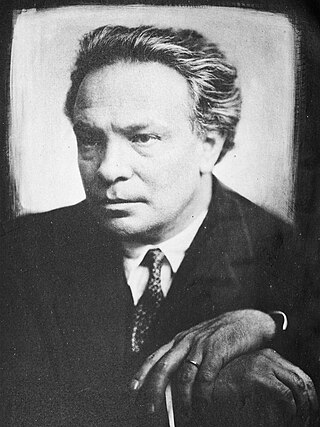
Ottorino Respighi was an Italian composer, violinist, teacher, and musicologist and one of the leading Italian composers of the early 20th century. His compositions range over operas, ballets, orchestral suites, choral songs, chamber music, and transcriptions of Italian compositions of the 16th–18th centuries, but his best known and most performed works are his three orchestral tone poems which brought him international fame: Fountains of Rome (1916), Pines of Rome (1924), and Roman Festivals (1928).
The siciliana or siciliano is a musical style or genre often included as a movement within larger pieces of music starting in the Baroque period. It is in a slow 6
8 or 12
8 time with lilting rhythms, making it somewhat resemble a slow jig or tarantella, and is usually in a minor key. It was used for arias in Baroque operas, and often appears as a movement in instrumental works. Loosely associated with Sicily, the siciliana evokes a pastoral mood, and is often characterized by dotted rhythms that can distinguish it within the broader musical genre of the pastorale.
Vittorio Rieti was a Jewish-Italian-American composer. Born in Alexandria, Egypt, Rieti moved to Milan to study economics. He subsequently studied music in Rome under Respighi and Casella, and lived there until 1940.
Roman Festivals, P 157 is a tone poem in four movements for orchestra completed in 1928 by the Italian composer Ottorino Respighi. It is the last of his three tone poems about Rome, following Fountains of Rome (1916) and Pines of Rome (1924), which he referred to as a triptych. Each movement depicts a scene of celebration in ancient and contemporary Rome, specifically gladiators battling to the death, the Christian Jubilee, a harvest and hunt festival, and a festival in the Piazza Navona. Musically, the piece is the longest and most demanding of Respighi's Roman trilogy.
Fountains of Rome, P 106, is a tone poem in four movements completed in 1916 by the Italian composer Ottorino Respighi. It is the first of his three tone poems about Rome, preceding Pines of Rome (1924) and Roman Festivals (1928). Each movement depicts a setting at one of Rome's fountains at a different time of the day, specifically the Valle Giulia, Triton, Trevi, and Villa Medici. The premiere was held at the Teatro Augusteo on 11 March 1917, with Antonio Guarnieri conducting the Augusteo Orchestra. Respighi was disheartened at its initial mild reception and put away the score, until the piece was re-evaluated by the public following a February 1918 performance by conductor Arturo Toscanini which brought the composer international fame. The piece was published by Casa Ricordi in 1918.

La campana sommersa is an opera in four acts by Italian composer Ottorino Respighi. Its libretto is by Claudio Guastalla, based on the play Die versunkene Glocke by German author Gerhart Hauptmann. The opera's premiere was on 18 November 1927 in Hamburg, Germany. Respighi's regular publisher, Ricordi, was displeased by his choice of subject, and refused to publish the opera. This led to its being published by the German publisher Bote & Bock, and a German premiere.
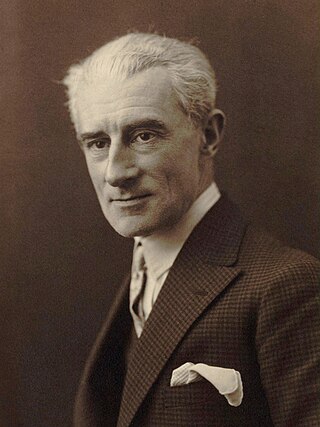
La valse, poème chorégraphique pour orchestre, is a work written by Maurice Ravel between February 1919 and 1920; it was first performed on 12 December 1920 in Paris. It was conceived as a ballet but is now more often heard as a concert work.
Ancient Airs and Dances is a set of three orchestral suites by Italian composer Ottorino Respighi, freely transcribed from original pieces for lute. In addition to being a renowned composer and conductor, Respighi was also a notable musicologist. His interest in music of the Renaissance and Baroque periods led him to compose works inspired by the music of these periods.
Belfagor is an Italian-language opera by the composer Ottorino Respighi to a libretto by Claudio Guastalla (1880–1948) based on the comedy Belfagor of Ercole Luigi Morselli (1882–1921), itself loosely based on the novella Belfagor arcidiavolo by Niccolò Machiavelli. It was premiered in 1923 at La Scala in Milan, under the baton of Antonio Guarnieri, since Toscanini was unavailable. The cast featured Irish soprano Margaret Burke Sheridan as Candida, baritone Mariano Stabile as her lover Baldo, and tenor Francesco Merli as the titular Belfagor, an arcidiavolo (Archdemon) who tries to marry a human maiden while in disguise as a nobleman, using gifts of money to her father.
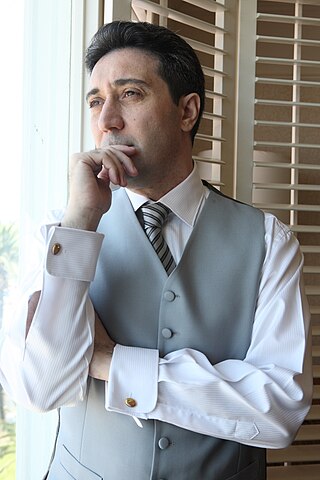
Salvatore Di Vittorio is an Italian composer and conductor. He is the music director and Conductor of the Chamber Orchestra of New York. He has been recognized by Luigi Verdi as a "lyrical musical spirit, respectful of the ancient Italian tradition… an emerging leading interpreter of the music of Ottorino Respighi".
The Violin Concerto in A major, P. 49, is the first violin concerto by the Italian composer Ottorino Respighi, which he abandoned in 1903. In 2009, Salvatore Di Vittorio completed it.
Overture Respighiana is an overture composed by Salvatore Di Vittorio in 2008, as an homage to Ottorino Respighi, one year after completing Respighi's rediscovered first Violin Concerto in A Major.

Lucrezia is an opera in one act and three tableaux by Ottorino Respighi to a libretto by Claudio Guastalla, after Livy and William Shakespeare's The Rape of Lucrece, itself based heavily on Ovid's Fasti. Respighi died before finishing the work, which was therefore completed by his wife, Elsa Respighi, and by one of his pupils, Ennio Porrino. Lucrezia premiered on 24 February 1937 at the Teatro alla Scala in Milan, in a production directed by Mario Frigerio with sets designed by Pietro Aschieri. The première had a good reception.
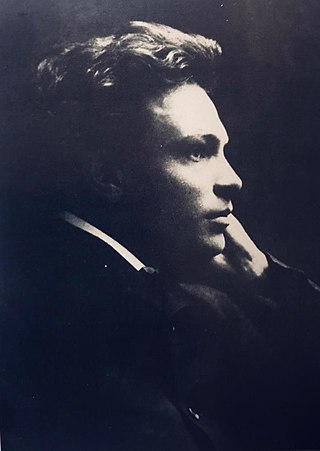
Semirâma is an opera in three acts by Ottorino Respighi to a libretto by Alessandro Cerè based on Voltaire's 1748 play Sémiramis, the same subject used for Rossini's Semiramide. Semirâma premiered on 20 November 1910 at the Teatro Comunale di Bologna. The première obtained a great success, with several calls for the composer and the singers.

La bella dormente nel bosco is an opera in three acts by Ottorino Respighi to a libretto by Gian Bistolfi based on Charles Perrault's fairy tale "Sleeping Beauty".
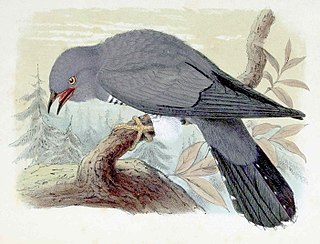
Birdsong has played a role in Western classical music since at least the 14th century, when composers such as Jean Vaillant quoted birdsong in some of their compositions. Among the birds whose song is most often used in music are the nightingale and the cuckoo.